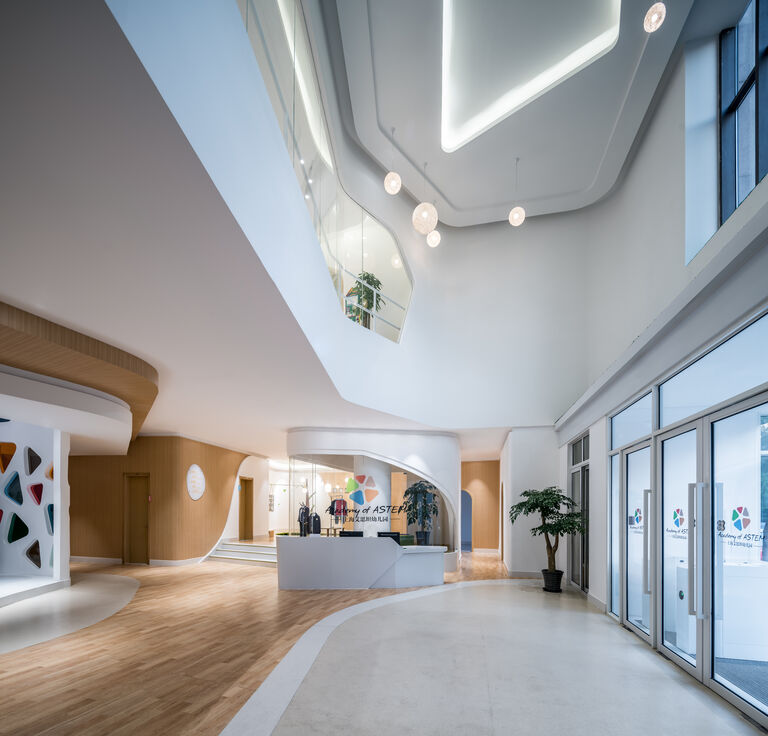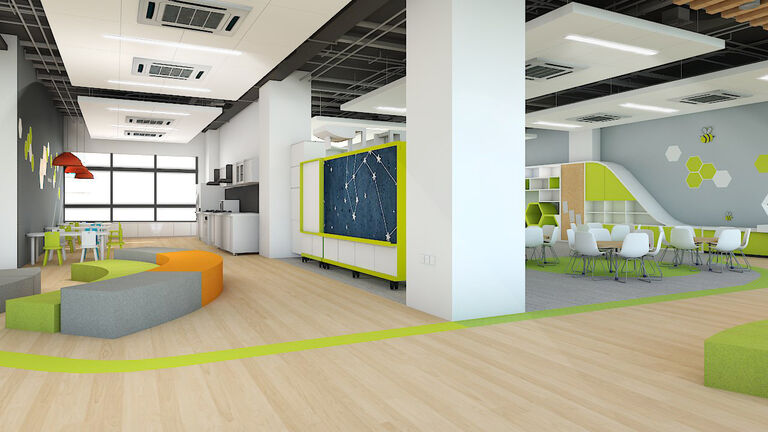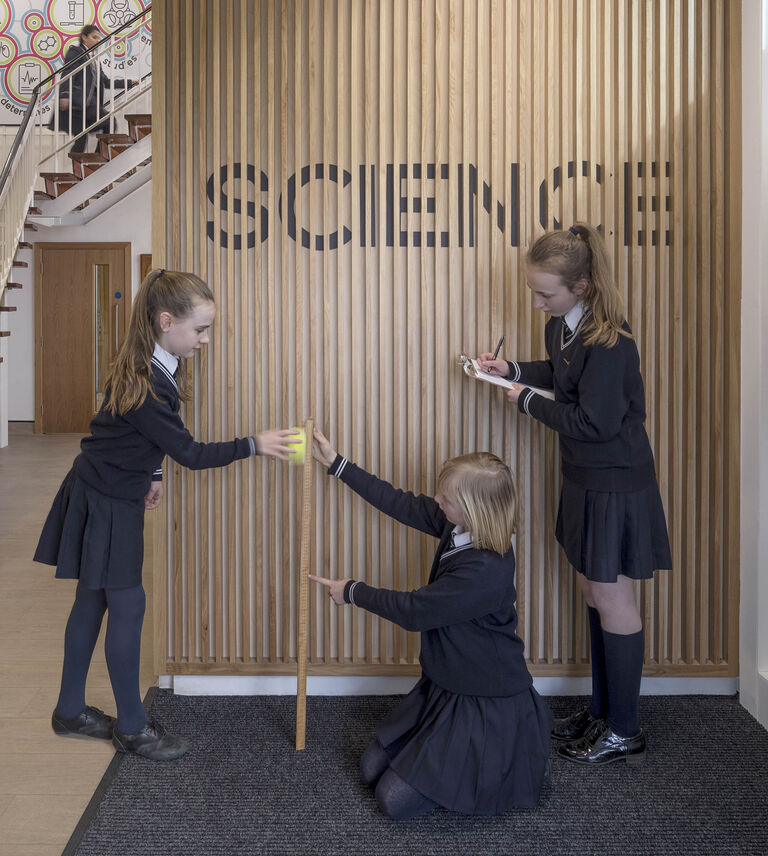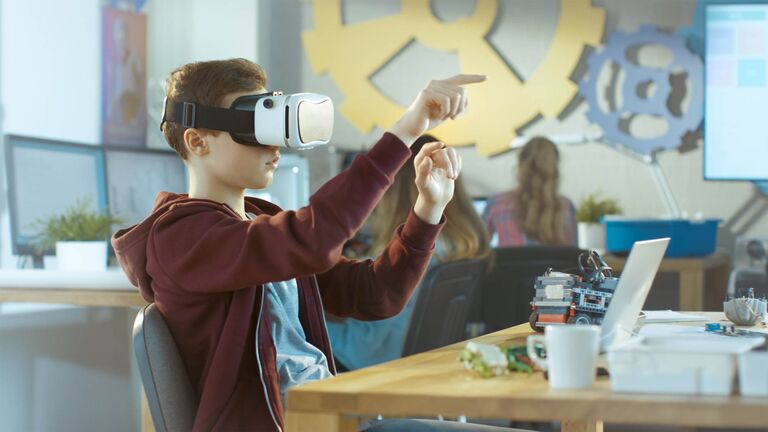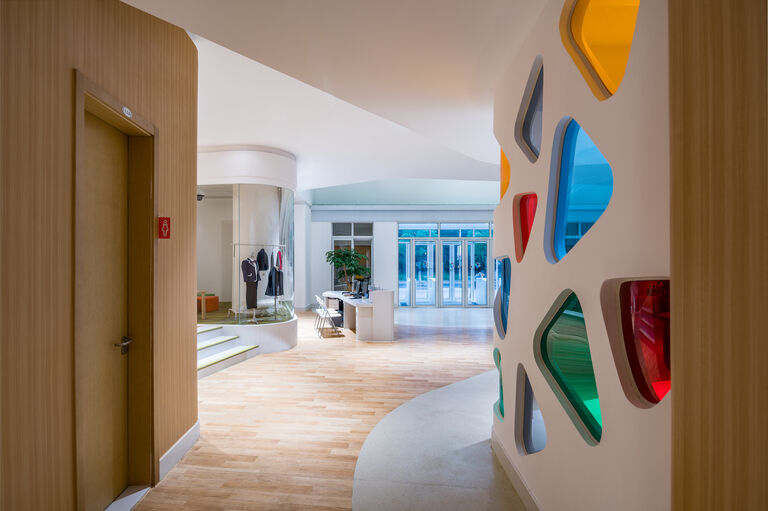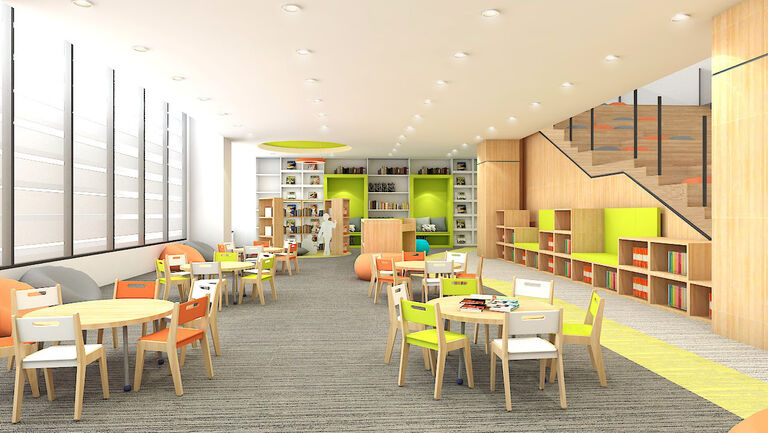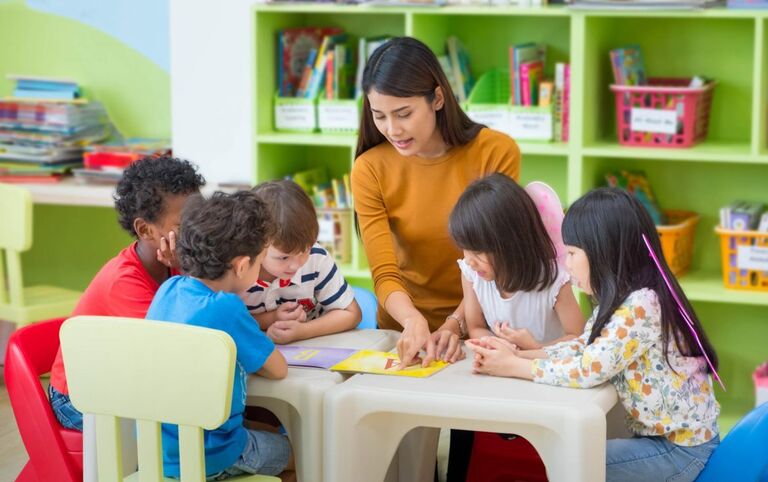The education system as we know it is becoming redundant. The top independent schools are becoming a mix of professional play spaces and workplace environments. Education is prioritising tangible skills that are pertinent to students’ future jobs. Creativity and problem solving are at the top of the list.
Demand is high for graduates with strong teamwork, time management skills and adaptability. In other words, managers want graduates prepared to respond to ‘real-life’ challenges.
Designers in the education sector play a crucial role in the creation of the schools of the future. Understanding these new dynamics is essential. Tomorrow’s learning environments have three key points in common with workplaces:
- Students have free choice of tools, methods and working environments
- Teaching is project based and promotes
team work - Students have access to next-generation technology and data
